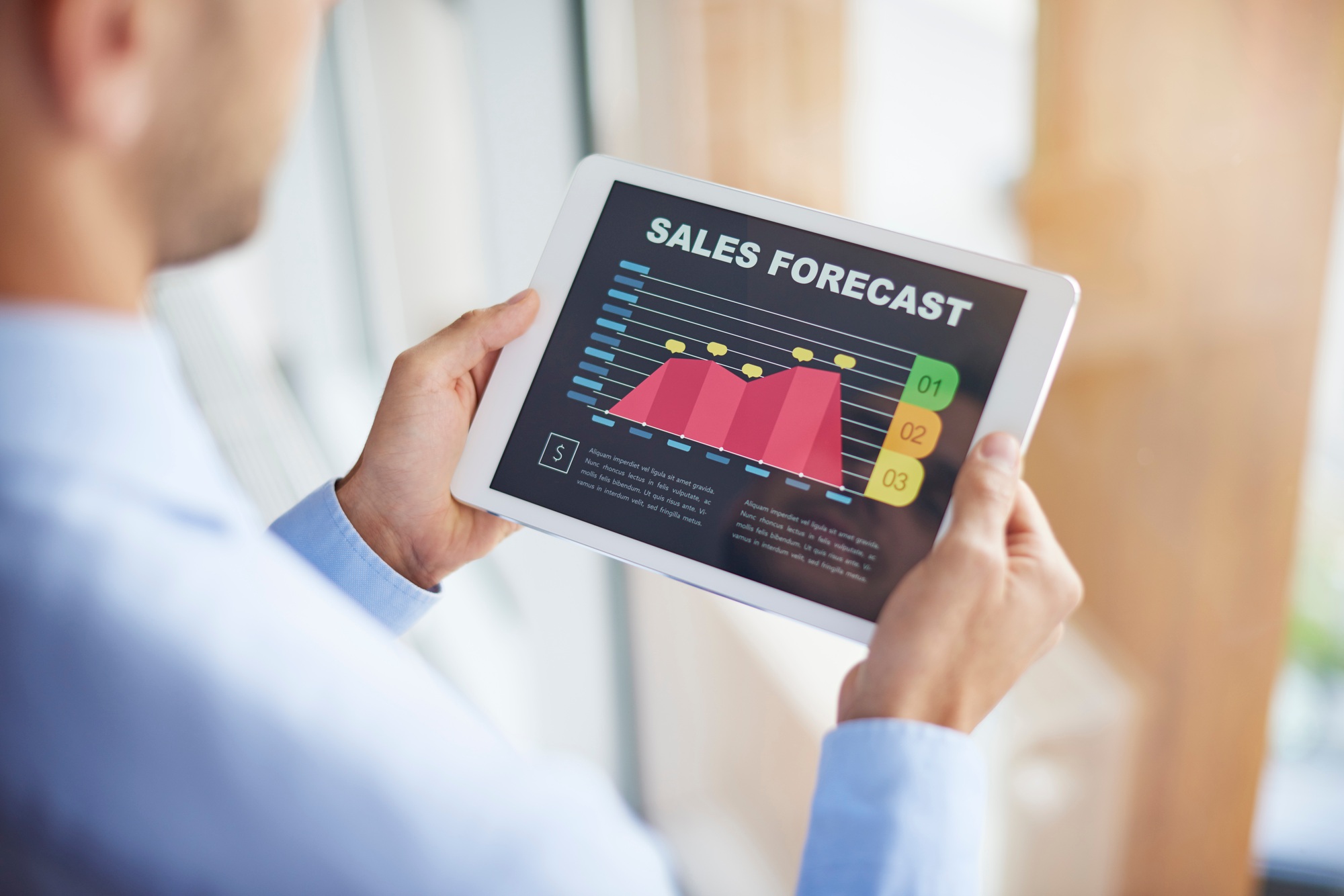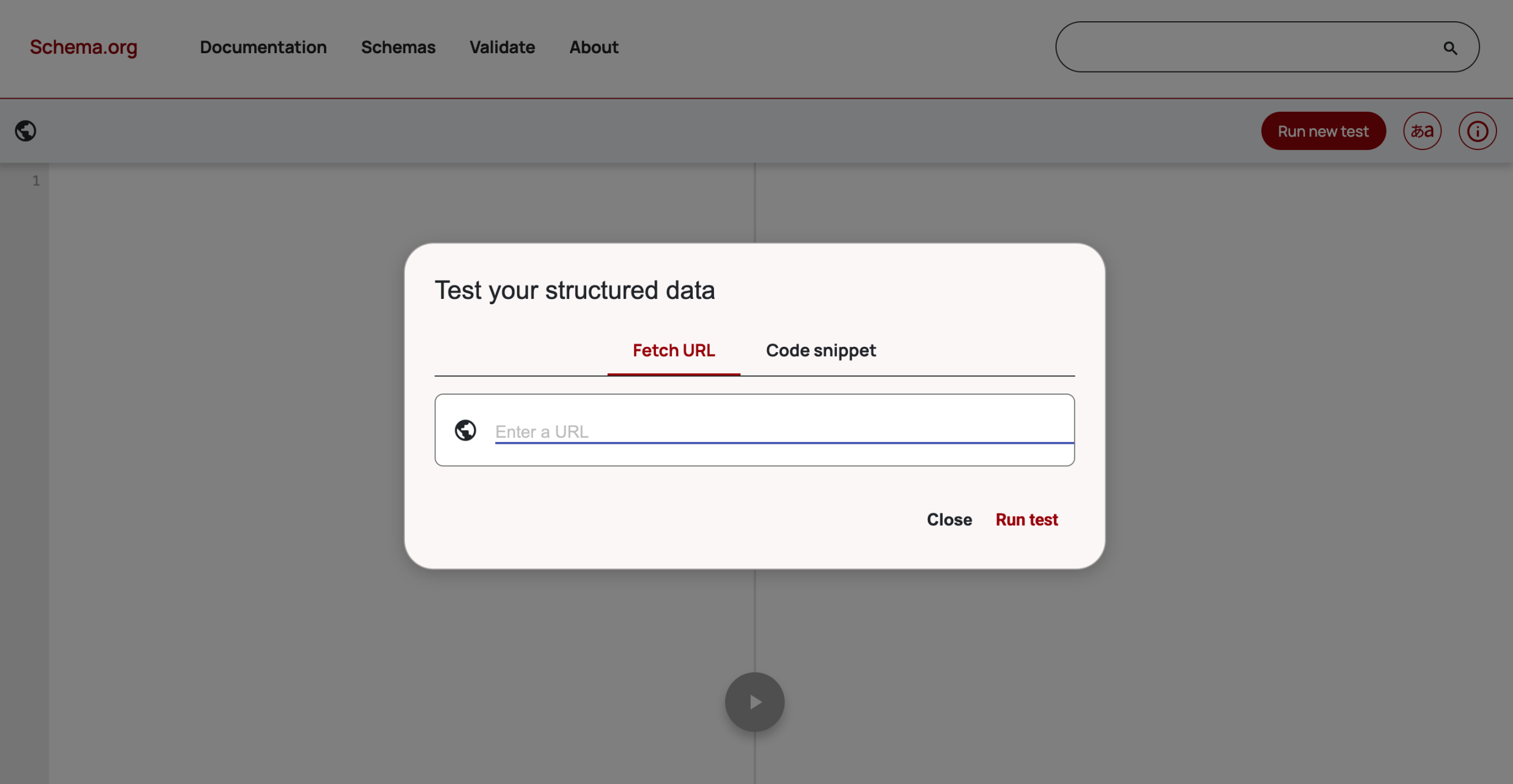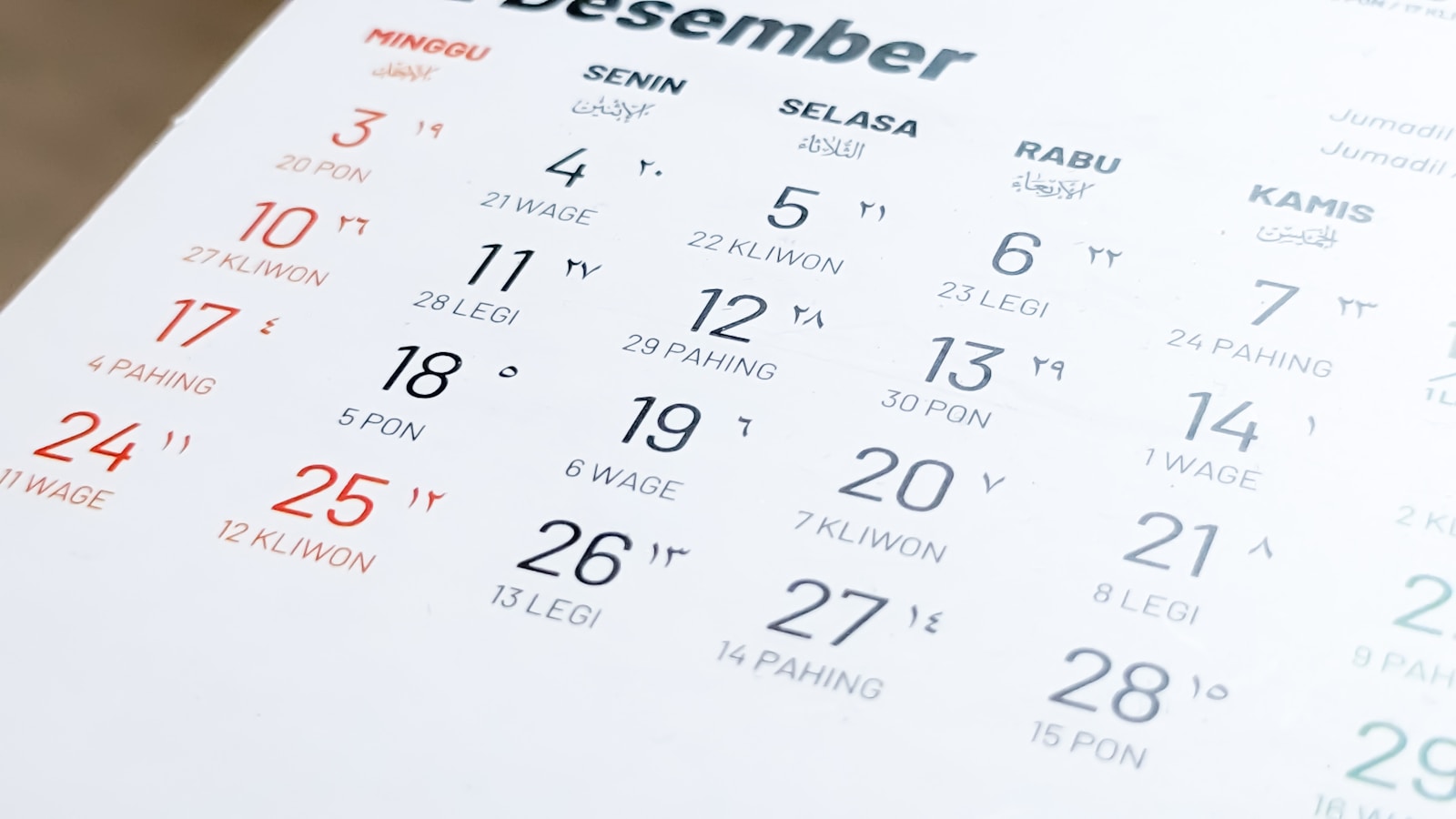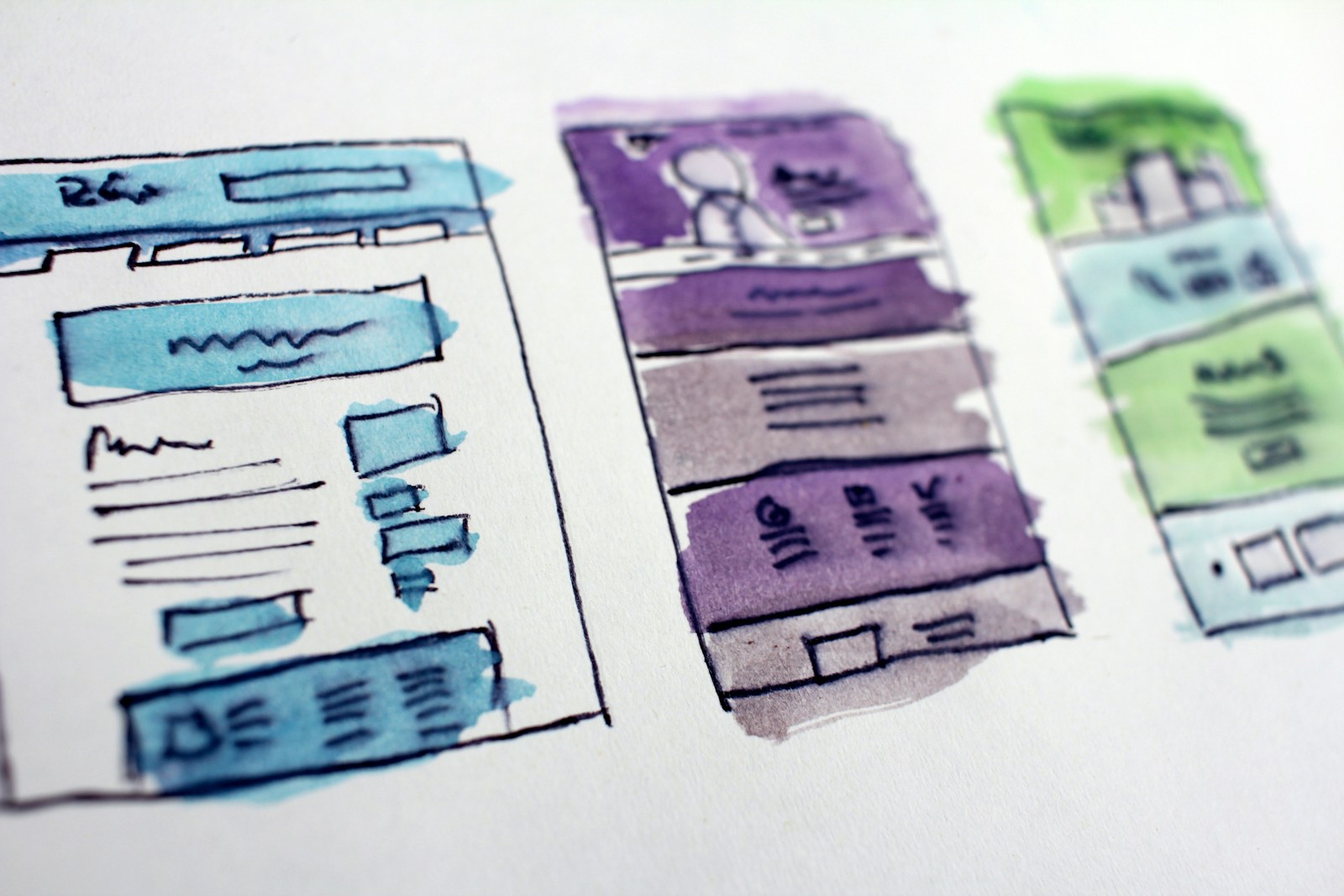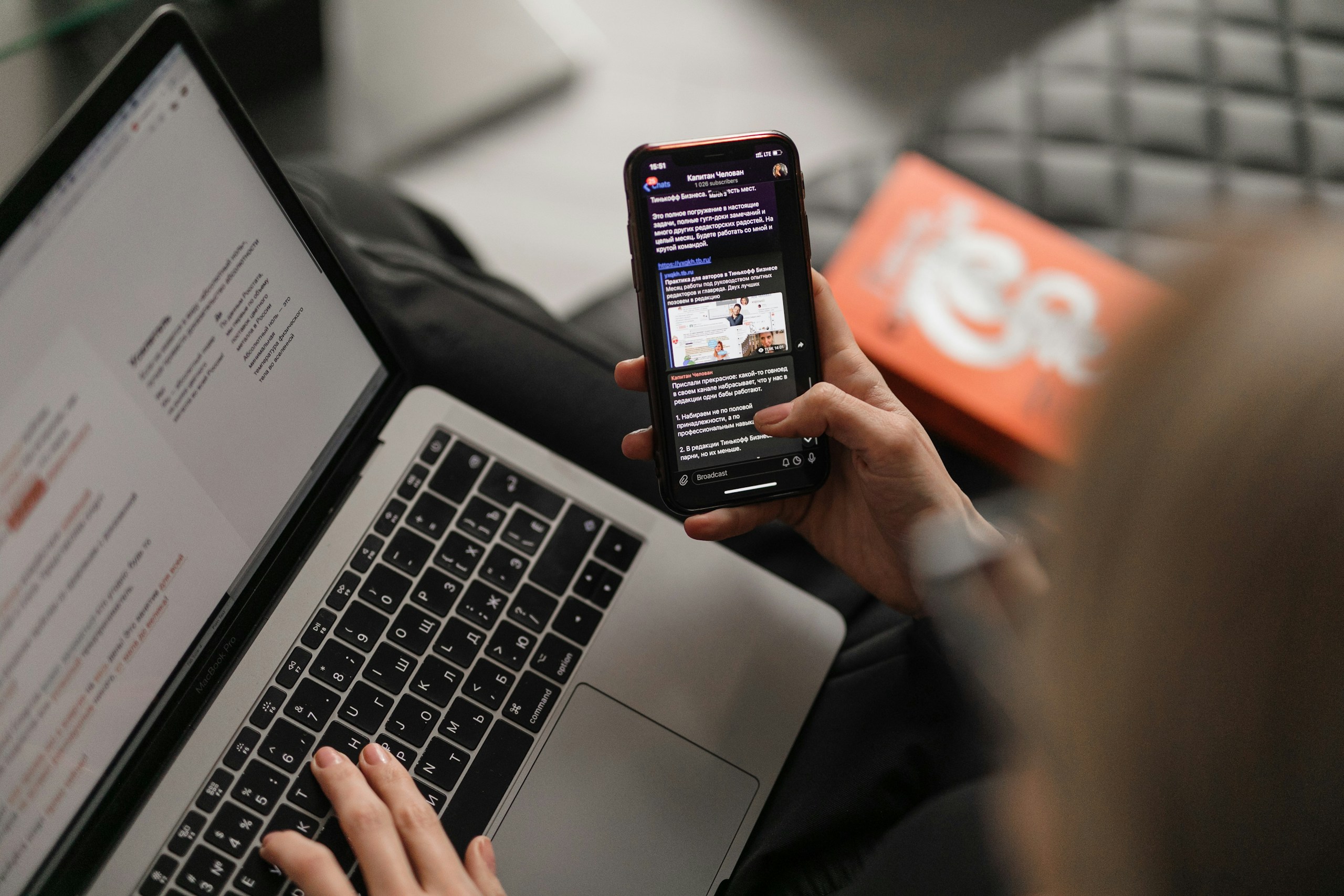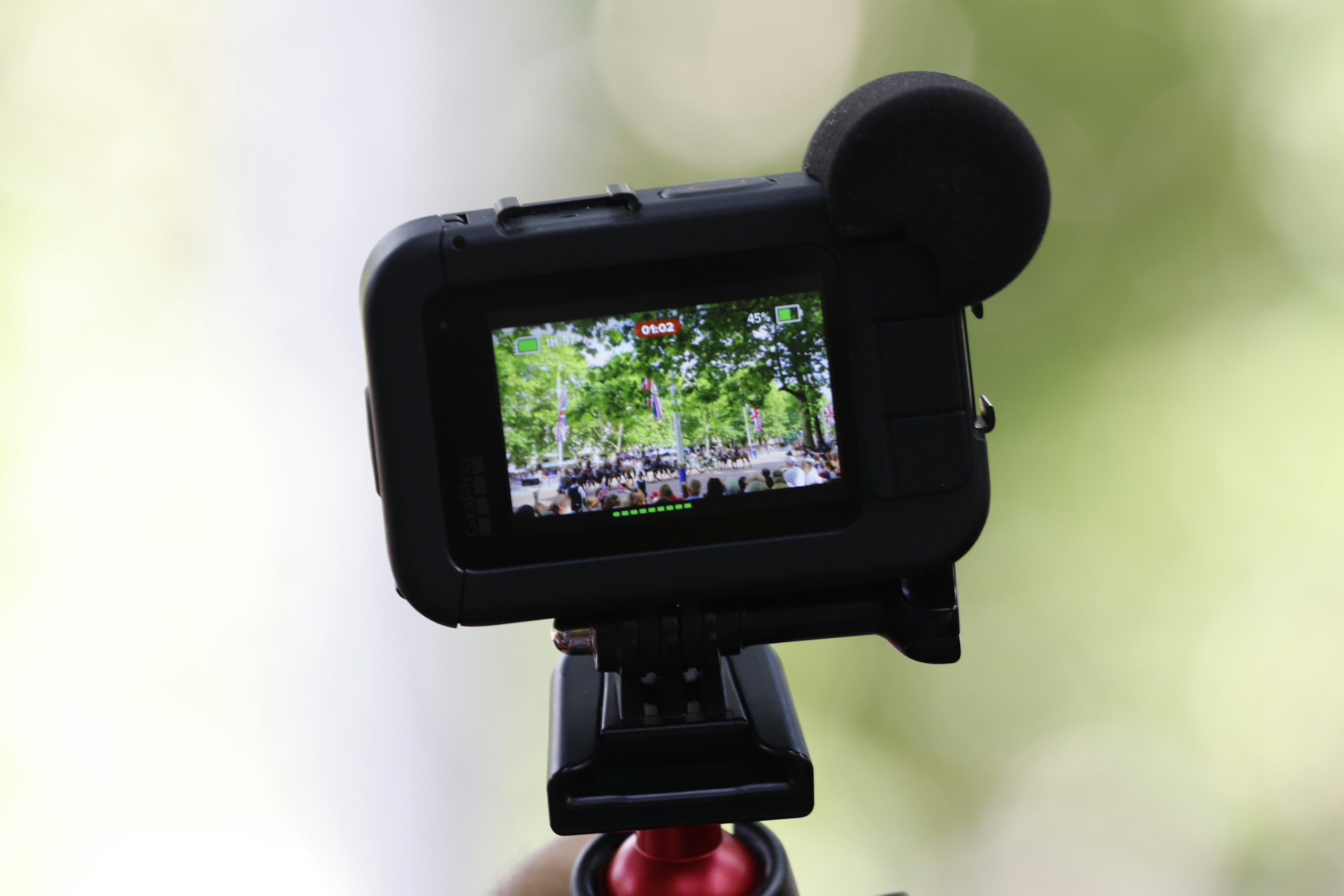Table of Contents
For companies scaling past the six-figure mark, paid advertising isn’t about running ads—it’s about orchestrating full-funnel paid media strategies that drive acquisition, engagement, and retention across multiple touchpoints.
As a CMO or growth leader, your job isn’t just to increase impressions—it’s to create measurable outcomes. That means aligning your Google Ads, Meta campaigns, and retargeting efforts under a cohesive, revenue-driven framework.
Let’s explore what that looks like when done right—and how smart brands structure it for growth.
Why Full-Funnel Strategy Beats Siloed Campaigns
Most paid media strategies fail not because the ads are bad—but because they’re disconnected. Full-funnel thinking aligns messaging, targeting, and measurement across each stage of the buyer’s journey.
The Funnel Isn’t Dead—But It’s More Complex
Today’s funnel is nonlinear. Prospects bounce between channels and need 8–12+ touchpoints before converting. A strong paid media strategy ensures each of those touchpoints delivers relevance and value, not noise.
Beyond Impressions: Driving Strategic Objectives
Whether you’re looking to build awareness, generate high-intent leads, or push purchases, full-funnel marketing aligns spend with business objectives, not just marketing KPIs.
Google & Meta: Different Tools, One Strategy
A premium strategy doesn’t ask, “Google or Meta?” It asks, “How do we use both to amplify impact at every stage?”
Top-of-Funnel: Meta for Attention, Google Display for Reach
Meta’s algorithm is unmatched at targeting interest-based audiences with scroll-stopping creative. At this stage, the goal is awareness, not immediate conversion.
Meanwhile, Google Display allows you to scale reach further with contextual placements and dynamic creative, building brand recall across web properties.
Middle-of-Funnel: Search Intent Meets Social Proof
Now that awareness has been established, Google Search steps in to capture demand. Smart brands bid on high-intent terms like “best [your solution] for [industry]” while Meta delivers testimonial ads, UGC, or product education content.
This stage blends logic and emotion—providing both answers and proof.
Bottom-of-Funnel: Retargeting, Offer Strategy & Direct Response
This is where revenue is won or lost. Retargeting campaigns should:
Reinforce value props
Offer urgency or exclusivity (limited offers, free bonuses)
Use sequential storytelling (e.g., carousel > video > offer)
The platforms work in tandem to nurture undecided leads and bring them across the finish line.
What Top CMOs Measure (Hint: It’s Not CTR)
High-spend media buyers don’t optimize for clicks—they optimize for customer acquisition cost (CAC), lifetime value (LTV), and incremental revenue per campaign.
Attribution Modeling
Understanding which touchpoints truly contribute to conversions is crucial. Multi-touch attribution (MTA) provides a more accurate picture than last-click or platform-siloed metrics.
ROAS Is Table Stakes—But Not the Final Score
Return on ad spend (ROAS) is a start—but tracking marginal ROAS, blended CAC, and retargeting recovery rate gives a clearer lens into profitability.
Segmented Performance Views
The best CMOs dissect performance by:
Funnel stage
Audience segment
Creative type
Landing page variation
This allows for smarter scaling decisions, not guesswork.
The Tech Stack Behind Full-Funnel Excellence
Execution at this level requires infrastructure:
CRM + Ad Platform Integration (TruDriveSync, Salesforce, etc.)
Custom UTM Parameters for tracking across campaigns
First-party data strategies (lead magnets, quizzes, gated content)
Automated reporting dashboards (Looker Studio, Supermetrics)
Brands that spend $3K–$10K/month on ads must track not just ad performance—but business outcomes.
FAQ: Full-Funnel Paid Media for Scaling Brands
What’s the biggest mistake in paid ads strategy at this level?
Can small teams implement full-funnel marketing?
How long does it take to see full-funnel results?
Is this only for ecommerce?
Final Thoughts
Full-funnel paid media isn’t a buzzword—it’s a discipline. It aligns ad spend with buyer psychology, platform strengths, and bottom-line business metrics.
CMOs and founders who invest in this strategy don’t just generate more leads—they build predictable, scalable systems for acquiring customers profitably across channels.
Ready to architect a full-funnel paid media system that drives revenue?

